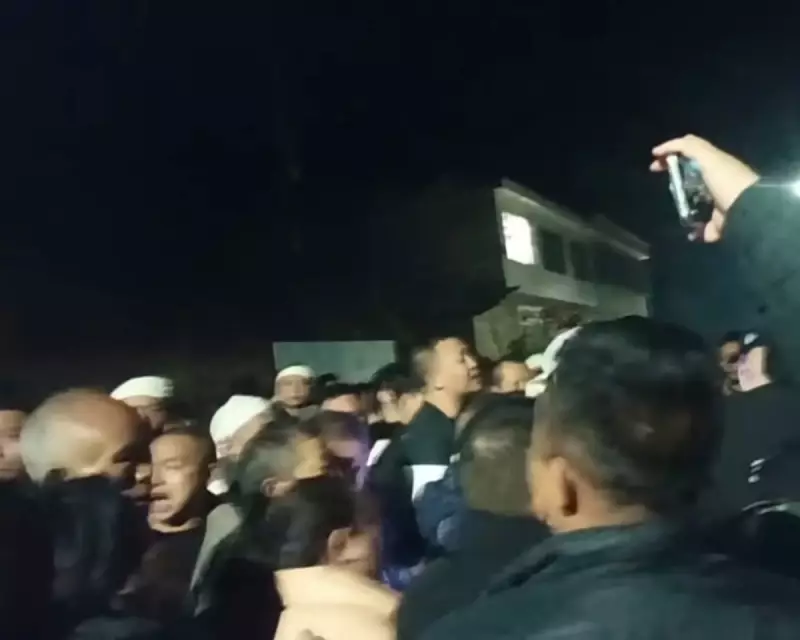
Rural China Erupts in Protest Over Cremation Directive
Significant demonstrations have shaken China's southern Guizhou province, marking the latest in a growing wave of rural unrest across the country. The protests erupted in Shidong town over the weekend following a controversial directive from local authorities mandating cremation over traditional burial practices.
According to protest tracking data, incidents of rural unrest in China have increased by 70% compared to last year, highlighting growing tensions between traditional communities and government policies.
Cultural Traditions Clash with Government Policy
The local area has a high concentration of Miao ethnic minority residents, for whom burial traditions hold deep cultural and spiritual significance. "If the Communist party is digging up ancestor's graves, go dig up Xi Jinping's ancestral tombs first," one villager could be heard shouting in footage shared on social media platform X.
Another video collected by China Dissent Monitor showed dozens of villagers surrounding a police car, illustrating the intensity of the confrontation. The protests have continued for several days, which researchers note is unusual for such demonstrations.
Government Justifies Cremation Policy
On Tuesday, as protests persisted, the local government issued a notice defending the cremation directive. Officials stated the policy was based on a 2003 law and necessary to preserve land resources while promoting what they described as a "frugal new funeral style."
China has been struggling with crowded cemeteries in recent years, leading authorities to encourage alternative funeral practices including sea burials. However, for many rural residents, traditional burials represent an essential part of their cultural heritage that cannot be easily abandoned.
One villager from Xifeng county revealed on social media that his grandfather had been cremated earlier this year under pressure from local officials. The family claimed they were warned that failure to comply would lead to negative consequences for three generations.
Growing Pattern of Rural Unrest
China Dissent Monitor has recorded 661 rural protests in China this year, representing a substantial increase compared to previous periods. In the third quarter of 2025 alone, the organisation logged nearly 1,400 incidents of unrest nationwide.
Kevin Slaten, research lead for CDM, noted that protests tend to be larger and longer-lasting when they involve deeply personal matters. "Whether that is a major hit to someone's economic livelihood or something like that's their heritage or dealing with ancestors, people are much more likely to feel motivated to take the risk of protest," he explained.
The situation in Guizhou follows a similar pattern to August protests in Sichuan province, where a school bullying incident escalated into multi-day clashes between hundreds of locals and authorities.
On Chinese social media platform Douyin, many users expressed support for the protesters. "Yes everyone, let's stand up and support traditional burial practices!" wrote one user, reflecting the emotional resonance of the issue.
The Xifeng local government has declined to comment on the ongoing situation as tensions continue between preserving cultural traditions and implementing national policies.





